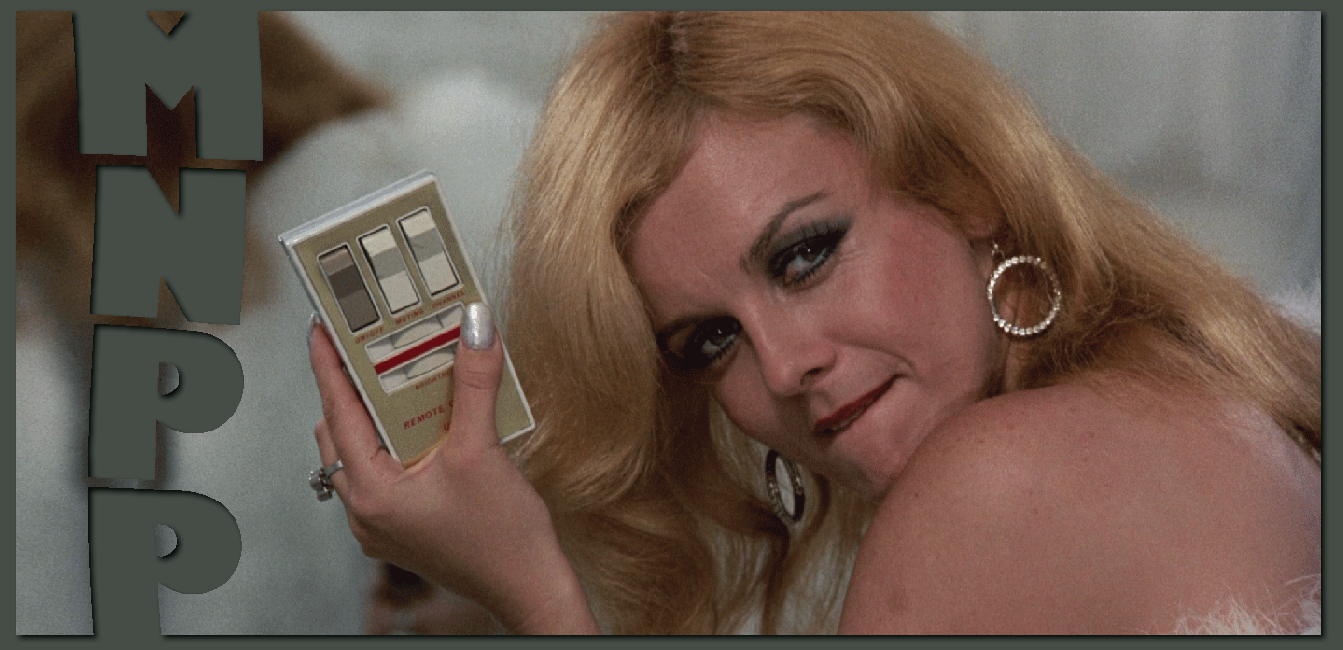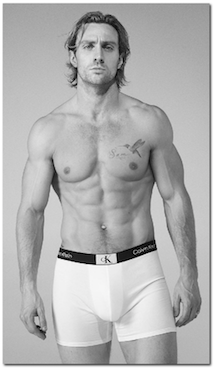 Thanks to Nat's recommendation a couple of weeks ago, I finally watched Jacques Tati's 1967 masterpiece Play Time over the weekend and boy howdy is it a stunner. There's really not much of a plot, and we're never even ever formally introduced to anyone. We simply observe a few different characters or groups of characters from a distance - nearly every shot is wide, from a distance; I can't recall any true close-ups - as 24 hours or so passes in this gray-washed Modern town. There's hapless Monsieur Hulot (played by Tati himself, Hulot was a recurring character throughout Tati's films), a group of American tourists (one woman, Barbara, stands out), and other various folks coming and going, here and there, in five or so vignettes mostly separated by just the similar looking spaces which our characters move through and the slight passing of time. Comedy happens from a distance as we watch the people interact with the cold sheen of this new Modern world's metal and glass... and that's about it.
Thanks to Nat's recommendation a couple of weeks ago, I finally watched Jacques Tati's 1967 masterpiece Play Time over the weekend and boy howdy is it a stunner. There's really not much of a plot, and we're never even ever formally introduced to anyone. We simply observe a few different characters or groups of characters from a distance - nearly every shot is wide, from a distance; I can't recall any true close-ups - as 24 hours or so passes in this gray-washed Modern town. There's hapless Monsieur Hulot (played by Tati himself, Hulot was a recurring character throughout Tati's films), a group of American tourists (one woman, Barbara, stands out), and other various folks coming and going, here and there, in five or so vignettes mostly separated by just the similar looking spaces which our characters move through and the slight passing of time. Comedy happens from a distance as we watch the people interact with the cold sheen of this new Modern world's metal and glass... and that's about it.But while the film is surely a commentary on the alienation these sorts of austere environments create... well, it's also a testament to how beautiful it can be as well. This film instantly sky-rocketed onto the tippy-top of movies I consider the most beautiful I've ever seen. Stunning. So of course I had to grab a bunch of screen-grabs to share to revel in that beauty. I took way more than what you'll see below and pared it down to my favorite shots. Seriously, I must've stopped the movie dozens of times while watching it just to soak in the way Tati framed this world he'd created. It's breath-taking. But don't take my word for it..













As a semi-snooty art-fag aside, the entire time I was watching the film I was reminded of the painter Joan Miró's work. And now that I've seen the poster there at the top - hadn't seen it beforehand - I think that was most certainly intentional. But especially in that frame two up
 from the bottom - when the dance-club begins falling apart - is where the comparison became most obvious. This further reminded me that there was a fantastic show of Miro's work at MoMA last month and how happy that show made me. I wish I'd gone back to see it again. End tangent.
from the bottom - when the dance-club begins falling apart - is where the comparison became most obvious. This further reminded me that there was a fantastic show of Miro's work at MoMA last month and how happy that show made me. I wish I'd gone back to see it again. End tangent.But obviously there's more to the film than just the visuals - and there's much more to the visuals than just the Miro comparison, as the majority of the above shots attest - but there's also so much splendor to be found in the movement of the camera and of the characters through these frames, and the editing which smacks jarring angles upon jarring angles like a car-wreck or dissonant poetry... and I've done the film a disservice so far by not mentioning how funny it is amid all this beauty. I wish I would've seen this movie on the big screen like it's meant to be seen; I can only imagine how gorgeous this world would be at 70mm. That's my way of saying you should click on these images I've posted if they strike your fancy, see them slightly larger than they appear on this page. The attention paid to the most minute of details is unbelievable. I watched some of the specials on the disc and it said Tati planned this film for ten years and the bulk of this world was all a set he had built. He shot the thing for a good four years. And the film, while not a flop, bankrupt him because of the massive expense. Well... he made his mark, that's for sure. Now I'm determined to see whatever else of his I can, and right quick.
.




































3 comments:
MrStinky and I watched the film just last night, also on Nat's recommendation.
Wowza.
And thanks for capturing one of my most favorite moments (among the many many): "the ladies got their lamp fixed"...
I saw "Mr. Hulot's holiday" ages ago, and loved it. Now I need to add this to my queue...
I have not read a single word, and yet I am sold on the screen caps alone.
Post a Comment